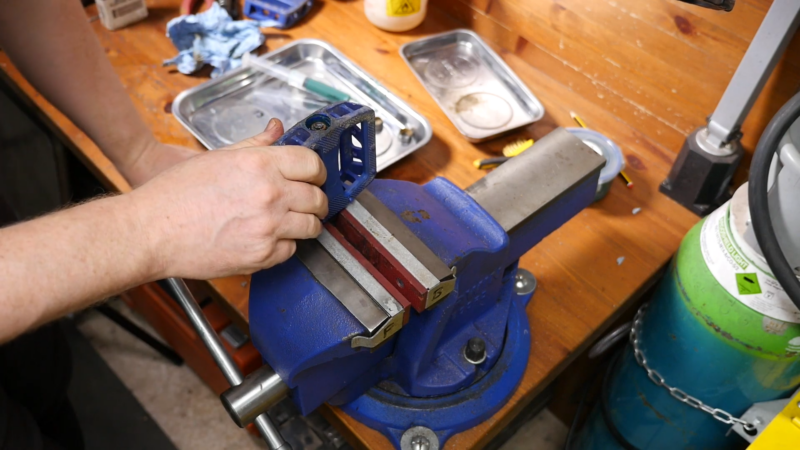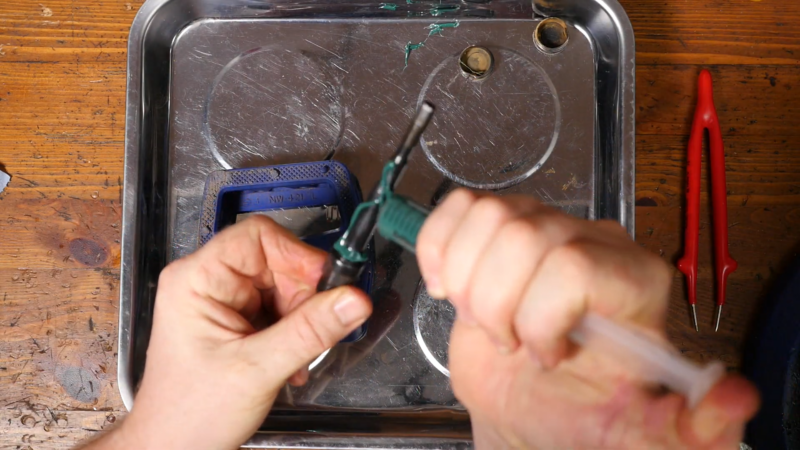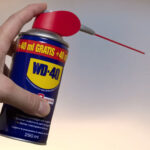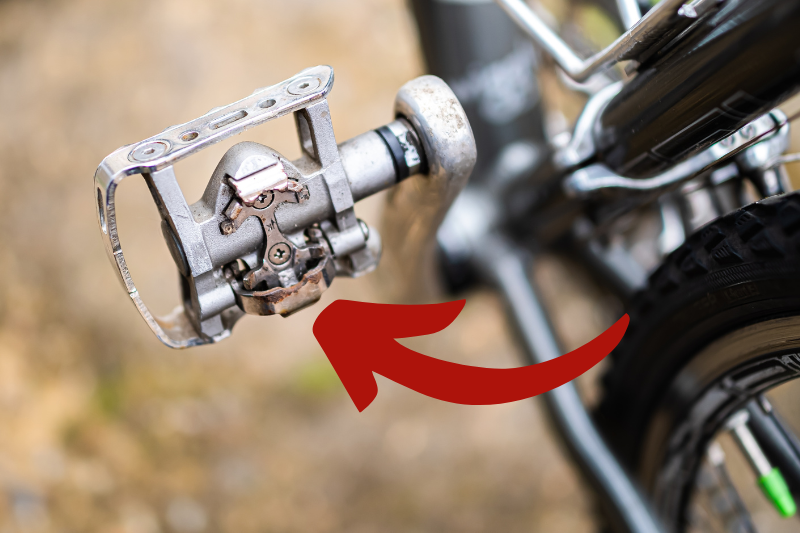
You know that maintaining your bike is crucial for a smooth and enjoyable ride. One often overlooked aspect of bike maintenance is the importance of greasing your pedals.
While it may seem like a small task, properly lubricating your pedals can make a significant difference in the performance and longevity of your bike.
In this article, we’ll dive into the reasons why bike pedals need to be greased, the common signs of dry pedals, and the best practices for keeping them well-lubricated.
Key Takeaways
- Properly greasing your bike pedals is essential for smooth, efficient, and long-lasting performance.
- Neglecting to grease your pedals can lead to increased wear and tear, making them difficult to spin and potentially causing damage to the pedal bearings.
- Regular inspection and lubrication of your pedals can help prevent costly repairs and ensure your bike is always ready for your next ride.
- Following the right greasing methods and best practices can help extend the life of your pedals and keep your bike running smoothly.
- Incorporating pedal lubrication into your regular bike maintenance routine will help you avoid potential issues and enjoy a more comfortable, reliable cycling experience.
The Importance of Greasing
Maintaining the smooth operation of your bike’s pedals is crucial for a comfortable and efficient riding experience.
Proper lubrication of the pedal bearings is essential to ensure your pedals continue to function optimally, reducing wear and tear, and preventing premature failure.
Why Proper Lubrication Matters
The pedal bearings on your bike are responsible for allowing the pedals to rotate freely as you pedal.
Without adequate bike pedal grease, these bearings can become dry and stiff, leading to increased pedal maintenance issues and a noticeable decline in smooth pedal operation.
Properly greasing bike pedals helps to keep the bearings lubricated, reducing pedal wear and tear and ensuring they will function smoothly for longer.
What are the Common Signs?

If you start to notice any of the following signs, it’s a clear indication that your bike’s pedals may need to be greased:
- Increased resistance when pedaling
- Creaking or squeaking sounds coming from the pedals
- Visible wear and tear on the pedal components
Addressing these pedal maintenance issues promptly by greasing the pedal bearings will help restore the smooth pedal operation and ensure your bike continues to perform at its best.
Greasing Methods and Best Practices
Proper lubrication is essential for the smooth and efficient operation of your bike’s pedals. By following the right greasing methods and best practices, you can extend the lifespan of your pedals and enhance your overall cycling performance.
Necessary Tools and Materials
Before you begin, gather the following items:
- Bike-specific grease or lubricant
- Bicycle pedal wrench or adjustable wrench
- Clean rags or paper towels
- Degreaser (optional)
The Greasing Process

Greasing your bike pedals involves a simple, step-by-step process:
- Disassemble them by unscrewing them from the crank arms using the appropriate wrench.
- Clean the pedal components thoroughly using a degreaser and a clean rag, removing any existing dirt or debris.
- Apply a small amount of bike-specific grease to the pedal threads, bearings, and any other moving parts.
- Reassemble the pedals, ensuring they are securely tightened back onto the crank arms.
Best Practices for Optimal Lubrication
To maintain your bike pedals in peak condition, consider the following best practices:
- Inspect regularly: Check the pedals for signs of wear or lack of lubrication, such as squeaking or increased resistance.
- Re-grease as needed: Reapply a fresh layer of grease every few months or whenever you notice decreased performance.
- Use the right grease: Opt for a high-quality, bike-specific grease that is designed to withstand the elements and maintain its lubricating properties.
- Clean before greasing: Always clean the pedal components thoroughly before applying new grease to ensure optimal adhesion and protection.
By following these steps and best practices, you can keep them well-lubricated, ensuring a smooth and efficient ride.
Proper pedal maintenance is a critical aspect of overall bike maintenance and can contribute to your cycling performance and enjoyment.
Summary

As you’ve learned, properly greasing your bike pedals is an essential maintenance task that can significantly enhance your cycling experience. By regularly lubricating the pedal bearings, you’ll ensure smooth, efficient operation, extend the lifespan of your pedals, and improve your overall cycling performance.
Adding a simple pedal greasing routine into your bike maintenance regimen can make a world of difference. Whether you’re a seasoned cyclist or just starting out, taking the time to maintain your bike pedal maintenance will reward you with a smoother, more enjoyable ride and help preserve the bike longevity you’ve invested in.
FAQ
What are the benefits of regularly greasing your bike pedals?
Regularly greasing your bike pedals can provide numerous benefits, including smoother pedal operation, reduced wear and tear on the bearings, and a longer lifespan. Proper lubrication helps to minimize friction, prevent squeaks and creaks, and ensure your bike is performing at its best.
How do you properly disassemble and reassemble bike pedals for greasing?
Disassembling and reassembling bike pedals for greasing requires some basic tools and a methodical approach. Start by referring to your bike’s manufacturer’s instructions or consulting a professional mechanic to ensure you follow the correct procedures. Carefully remove them, clean the components, apply a thin, even layer of grease, and then reassemble them, taking care to tighten them securely.
What are the signs that it’s time to grease your bike pedals?
There are several telltale signs that indicate your bike pedals need to be greased, including increased resistance when pedaling, creaking or squeaking noises, and visible wear or damage to the pedal components. If you notice any of these issues, it’s a good idea to inspect and grease your pedals as soon as possible to prevent further damage and ensure a smooth, efficient ride.
Related Posts:
- How Often Should You Grease Your Bike Pedals?
- Is Mountain Biking Hard to Learn? (For Total Beginners)
- Can You Put Pegs On A Mountain Bike? Step By Step Explained
- Can Bike Tires Go Flat Just From Sitting Unused? (Explained)
- Do Bicycle Tires Expire or Go Bad? (Shelf Life Explained)
- How to Reset Bike Lock - Follow These Easy Steps












